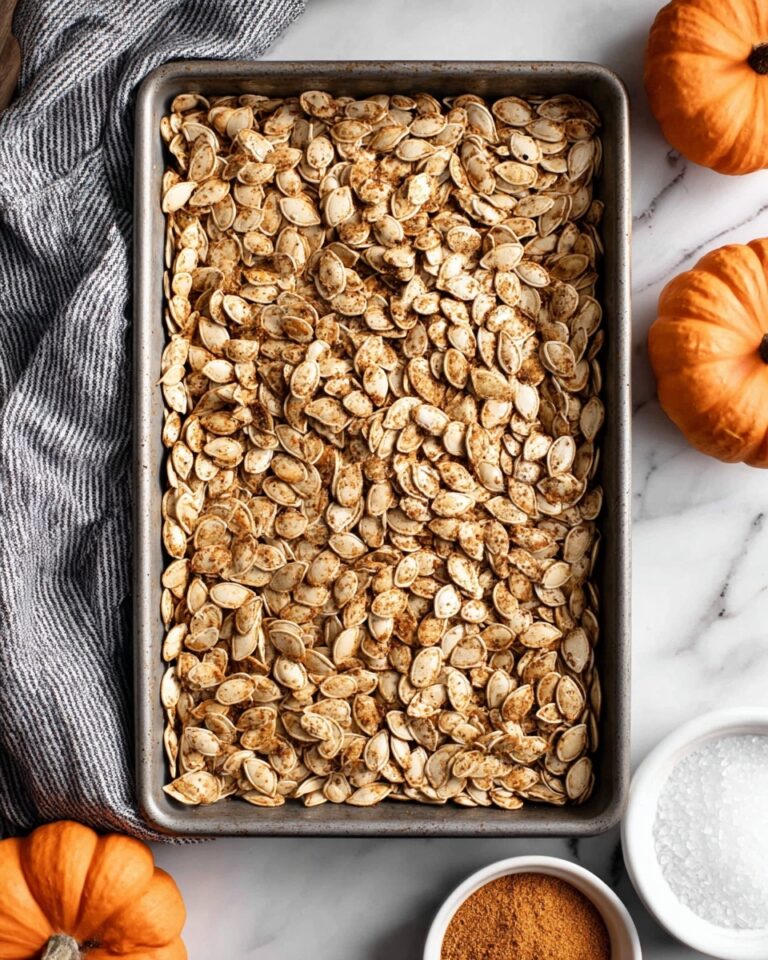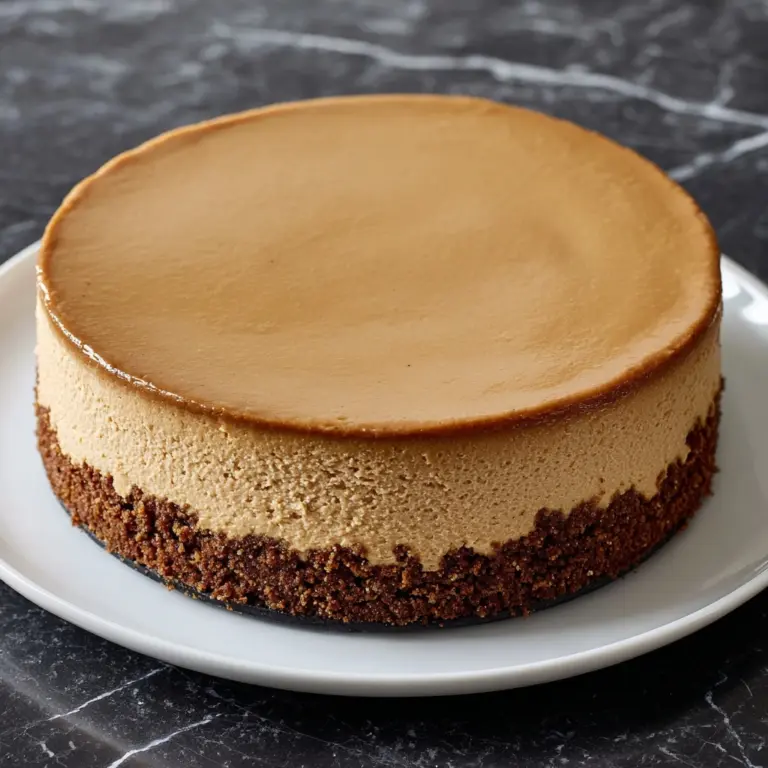Homemade French Croissants (small batch) Recipe
Nothing compares to the aroma of freshly baked pastries, and with this Homemade French Croissants (small batch) recipe, you can fill your own kitchen with the intoxicating scent of flaky, buttery bliss. Each croissant emerges golden and crisp on the outside, with tender layers that practically melt in your mouth. Whether you’re an experienced baker or just starting to dabble in laminated doughs, this recipe is scaled perfectly for a cozy morning project—yielding just enough to share, but leaving you wanting more. It’s the ultimate treat for anyone who loves classic French baking without overwhelming batches!

Ingredients You’ll Need
Homemade French Croissants (small batch) require only a handful of everyday ingredients, but each one plays a vital role. Simplicity is key here: every component contributes to the signature flavor, texture, and golden hue that sets these croissants apart.
- Milk (⅓ cup, lukewarm): Adds richness and helps create a tender crumb—lukewarm for optimal yeast activation.
- Water (¼ cup, lukewarm): Lightens the dough for a delicate bite.
- Active dry yeast (2 tsp/6 g): The engine behind those airy layers; make sure it’s fresh!
- Honey (1 tsp/5 g): Feeds the yeast for a wonderful rise, and lends a subtle background flavor. You can use malt syrup or sugar instead.
- Butter (1 ½ tbsp/25 g, melted & cooled): Softens the dough and enriches flavor right from the start.
- White sugar (generous 1 ½ tbsp/20 g): A little sweetness balances the pastries perfectly.
- All-purpose flour (2 cups/250 g, spooned & leveled): The structure for your croissants—measure carefully for best results!
- Salt (1 tsp/5 g): Essential for flavor contrast; don’t skip it.
- Butter (10 tbsp/140 g, cold): The heart of those glorious flakes—keep it cold for beautiful layers!
- Egg yolk (1): For that unmistakably shiny and golden croissant finish.
- Milk and/or cream (2 tbsp): Mixed with the egg yolk for an irresistibly glossy egg wash.
How to Make Homemade French Croissants (small batch)
Step 1: Make the Détrempe
Start by dissolving your honey in lukewarm milk in a mixing bowl. Whisk in the yeast and let it stand for 10 to 20 minutes—a gentle foam means everything is alive and ready to work. Add in the rest of your wet ingredients, then the flour, sugar, and salt. Mix with a spatula until a shaggy dough forms, then knead with your hands for just a minute or two.
Step 2: Knead and First Proof
Turn your dough out and knead it on a lightly floured surface until it’s smooth—about four minutes is plenty. The dough should feel soft but not sticky. Place it back in the bowl, cover with plastic, and let it proof in a warm spot for about an hour, or until doubled in size. This is where the magic begins!
Step 3: Shape and Chill the Dough
Flatten the dough to knock out excess air, then roll it inside a folded parchment paper “case” to roughly a 7 x 10 inch rectangle. Wrap thoroughly in plastic and freeze for a few hours or overnight. This pause helps make the next steps much easier and ensures the layers will be distinct.
Step 4: Prepare the Butter Block (Tourrage)
Slice cold butter and arrange it on parchment to a 5 x 6.5 inch rectangle. Fold the paper over, pound gently with a rolling pin to soften, then roll until the butter is evenly thick and reaches the corners. Chill this butter slab in the fridge until absolutely firm—this part is what makes Homemade French Croissants (small batch) so incredibly flaky.
Step 5: Laminate the Dough and Butter Together
Let your dough soften just a touch if it’s frozen solid, but make sure both it and the butter are cold and equally pliable. Place the butter block on half the dough, then fold and seal the edges. If the dough starts to warm, pop it back in the fridge to keep those layers distinct when you roll it out.
Step 6: First and Second Laminations
Roll out the dough (with butter encased) to 16 inches long, keeping the width at 5 inches. Perform a double fold: fold in each end, meet in the center, then fold in half again. Pop the dough back in the fridge. For the second fold, roll it out again—this time do a simple “letter” fold (fold one-third over, then the opposite third on top). Always keep everything chilly for gorgeous, defined layers.
Step 7: Final Rolling and Cutting
Roll the dough out to about 1 cm thick, wrap and rest in the fridge. After a final roll to 4-5 mm thick, trim the edges and cut into triangles using a ruler and sharp knife for precision. You’ll get about six classic croissant triangles plus a bit of extra dough for an extra treat.
Step 8: Shaping and Proofing
Lightly stretch each triangle’s base with a small slit, then roll up, starting at the base, gently pulling out the sides as you go. Place each rolled croissant with the tip underneath on your baking tray. Cover and proof once again until doubled in size, looking billowy and ready for the oven—this can take between two and three hours, but patience here pays off in airy layers.
Step 9: Egg Wash and Bake
Whisk together the egg yolk and two tablespoons of milk or cream for a rich egg wash. Brush the croissants gently—they’re delicate! Bake in a preheated 375°F/190°C oven for 20–30 minutes until they’re deeply golden. Let them cool briefly before transferring to a rack, allowing them to set up just enough so you get that perfect, delicate bite.
How to Serve Homemade French Croissants (small batch)

Garnishes
Homemade French Croissants (small batch) truly shine with just a simple swipe of good quality butter and a dollop of fruit preserves like raspberry or apricot. For a little sparkle, dust with powdered sugar once cooled, or for a classic French touch, serve with a square of chocolate tucked inside.
Side Dishes
Pair your croissants with soft, scrambled eggs and a side salad for a dreamy brunch. For a leisurely breakfast, they’re equally wonderful with yogurt and fresh berries, or even just your favorite hot drink. Sometimes the simplest sides make the flakiest croissants the star they deserve to be.
Creative Ways to Present
To elevate your presentation, place croissants in a basket lined with a pretty linen napkin. For a special tray, slice in half and fill with sliced ham and cheese for a savory breakfast sandwich. There’s nothing like surprising friends or loved ones with the warm, irresistible scent of Homemade French Croissants (small batch) at the table!
Make Ahead and Storage
Storing Leftovers
Leftover croissants are a rare but happy occasion! Store completely cooled croissants in an airtight container at room temperature for up to two days. They’re best enjoyed fresh, but a quick refresh will bring them back to their just-baked glory.
Freezing
For maximum convenience, you can freeze baked croissants: just wrap them tightly in plastic and place in a freezer bag for up to one month. You can also freeze the shaped, unbaked croissants. Let them thaw and proof before baking for fresh-out-of-the-oven flavor any day.
Reheating
To enjoy a croissant that tastes fresh again, pop it in a 325°F (165°C) oven for about 5–7 minutes until warmed through. If reheating from frozen, extend the baking time slightly. This brings back the signature crisp, golden exterior and soft, steaming interior.
FAQs
Do I have to use all-purpose flour, or can I substitute with bread flour?
You can use bread flour, which gives croissants a chewier texture and stronger rise, but all-purpose flour provides the lighter, tender layers that are traditional in French-style croissants. For Homemade French Croissants (small batch), stick with all-purpose for classic results.
Why does the dough need to stay cold throughout the process?
Keeping everything cold prevents the butter from melting into the dough. This is absolutely crucial for creating those signature flaky, airy layers; warm dough leads to butter leakage and loss of texture. If the butter feels soft at any point, always chill it before moving to the next step.
Can I double this recipe if I want more croissants?
Absolutely! You can scale up the ingredients to make a larger batch. Just ensure you have enough work space for rolling out the dough, and remember to keep every ingredient as cold as possible for the lamination process—larger batches can warm up faster, so work efficiently.
Can I make the dough ahead of time?
Yes, you can make the dough a day in advance and store it in the fridge after the first proofing, or freeze it after shaping the croissants. This flexibility is one of the best perks of Homemade French Croissants (small batch), especially for planning a stress-free breakfast or brunch.
What can I do with leftover scraps of croissant dough?
Don’t toss the trimmings! Layer them loosely in a muffin tin and bake—they make delicious little pastry bites. Alternately, save up scraps to make “croissant twists” with a sprinkle of cinnamon sugar or grated cheese for a quick and delicious treat.
Final Thoughts
If you’ve ever wanted the full French bakery experience in your own home, Homemade French Croissants (small batch) are the delicious answer. With just a little time and care, you’ll have a tray of golden, flaky pastries that taste like a real labor of love. Don’t be intimidated by the process—embrace the adventure and the incredible reward!
PrintHomemade French Croissants (small batch) Recipe
Learn how to make delicious homemade French croissants from scratch with this detailed recipe. These flaky pastries are a labor of love but well worth the effort.
- Prep Time: 3 hours
- Cook Time: 30 minutes
- Total Time: 4 hours
- Yield: 6 croissants 1x
- Category: Breakfast, Pastry
- Method: Baking
- Cuisine: French
- Diet: Vegetarian
Ingredients
Détrempe
- 85 g lukewarm milk (⅓ cup)
- 60 g lukewarm water (¼ cup)
- 6 g active dry yeast (about 2 tsp)
- 5 g honey (1 tsp) or sugar
- 25 g melted and cooled butter (1 ½ tbsp)
- 20 g white sugar (generous 1 ½ tbsp)
- 250 g all-purpose flour (2 cups, spooned and leveled)
- 5 g salt (about 1 tsp)
Tourrage (Butter Block)
- 140 g butter (10 tbsp)
Additional
- 1 egg yolk
- 2 tbsp milk and/or cream
Instructions
- Détrempe – Dissolve honey in lukewarm milk, whisk in yeast, let activate. Add remaining ingredients, mix into dough, knead.
- Tourrage (Butter Block) – Slice cold butter, roll out into block. Enclose and refrigerate.
- Lamination – Layer dough and butter, fold, refrigerate between folds.
- Rolling and Cutting – Roll out dough, cut into triangles, roll up croissants.
- Proofing and Baking – Proof croissants until doubled, brush with egg wash, bake at 375°F for 20-30 minutes.
Notes
- Ensure dough and butter are cold but pliable during lamination.
- Work quickly to prevent dough from warming too much.
- Properly proofed croissants will jiggle slightly when shaken.
Nutrition
- Serving Size: 1 croissant
- Calories: Approx. 250
- Sugar: 2g
- Sodium: 200mg
- Fat: 15g
- Saturated Fat: 9g
- Unsaturated Fat: 5g
- Trans Fat: 0g
- Carbohydrates: 25g
- Fiber: 1g
- Protein: 4g
- Cholesterol: 50mg
Keywords: French croissants, homemade croissants, croissant recipe, breakfast pastry








